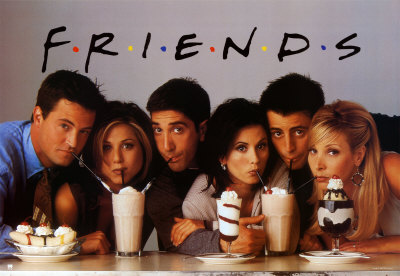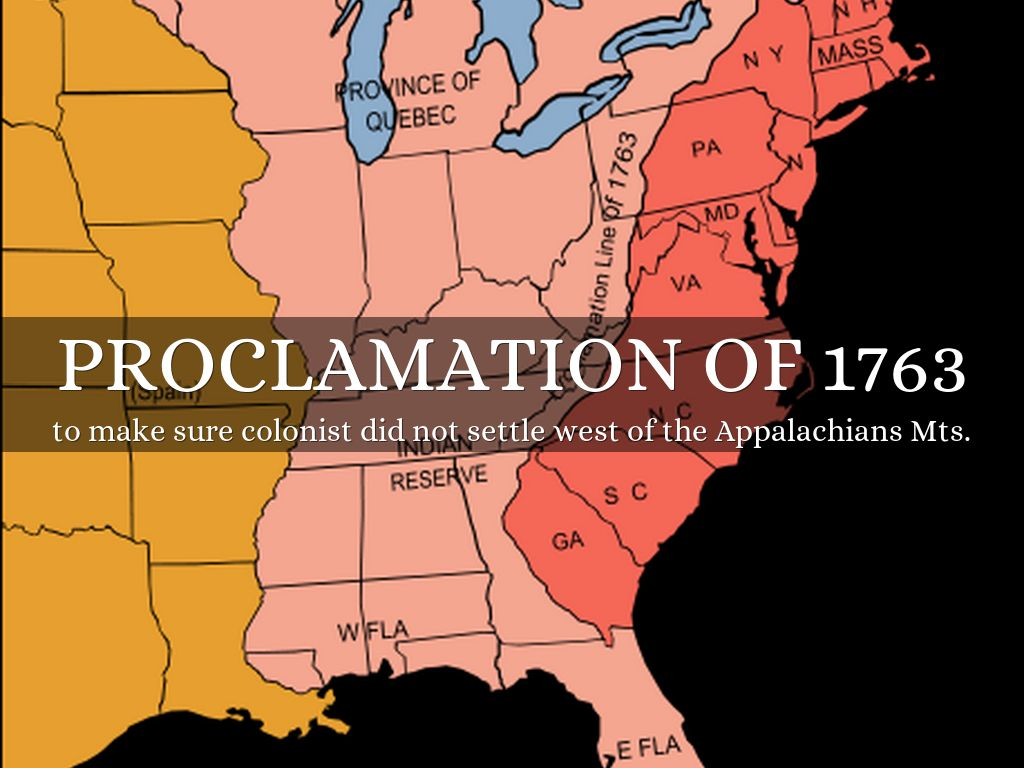Monica’s Towels and Midterms
 So, as a ‘90s girl, I love the TV show “Friends”. I am pretty sure I have seen every episode -- from regular “Must See TV nights” to the years and years (and years!) of syndicated reruns. I love it. I know the ins and outs of every character and every minor character and even the plotline of the monkey.
So, as a ‘90s girl, I love the TV show “Friends”. I am pretty sure I have seen every episode -- from regular “Must See TV nights” to the years and years (and years!) of syndicated reruns. I love it. I know the ins and outs of every character and every minor character and even the plotline of the monkey.
So at some point, someone bought my then-roommate and I the “Friends” version of Trivial Pursuit. Sweeeet! I was going to ROCK that game on game night!
And then I lost, pitifully. To the guy with the super-amazing, detail-oriented memory.
Man! I thought I knew my “Friends” but when they asked me the name of Ross and Monica’s childhood dog, or who died in season 2, episode 3 -- I was LOST! How many pages was Rachel’s letter to Ross or what color was Phoebe’s first bike? Heck if I know!!
 When they asked me how many categories Monica had for her towels, I gave up. I donated the board game to Goodwill. I know why Ross and Rachel broke up (the first time -- they were ON A BREAK!!!) I know why Phoebe carried her brother’s twins (his wife couldn’t). But some of the trivia was so absurd and useless and, well, trivial!
When they asked me how many categories Monica had for her towels, I gave up. I donated the board game to Goodwill. I know why Ross and Rachel broke up (the first time -- they were ON A BREAK!!!) I know why Phoebe carried her brother’s twins (his wife couldn’t). But some of the trivia was so absurd and useless and, well, trivial!
For a history teacher, I really stink at names and dates and details.
Well, good news! Our dd-EOCs, midterms, and state EOCs don’t look like the Friends Trivial Pursuit. There is very little (if any) trivia on there! No one cares how many categories of towels Monica had or how many people fought at the battle of Trenton or what the name of the archeologist at Mohenjo Daro was!
So a lot of the old-style study guides I used to give out (you know -- the big lists of names, terms, places, and concepts) is probably NOT as helpful as it used to be. A couple of big refresher terms for each unit are probably useful, but much more than that probably isn’t. I don’t know if I would have more than a half hour this week to spend on names and vocab and level one review.
If I had to review my students for a dd-EOC (district-developed EOC) midterm or semester test, here’s what I’d do.

Stimuli: I would help my students practice answering questions with stimuli. Maps,charts, graphs, quotes, art works, political cartoons, graphic organizers, documents, etc. More than half of the questions on our dd-EOCs, state EOCs, and our midterms are stimulus-based. The more comfortable they are with stimuli, the more comfortable they will be with the test.
Levels of Complexity: I would explain the three levels of complexity. We, the teachers, all know that the test is 20-60-20. Meaning that roughly 20% of the questions are Level 1, 60% are Level 2 and 20 % are Level 3. I truly think that the kids do better with this when we spell it out for them.
Use the AVID strategy of using of using your (or their) hands to explain the three levels.
 For level 1, have the kids (or you) use one finger on the text to remind kids that in Level 1 questions answers can be found “right there”, or require one step to solve.
For level 1, have the kids (or you) use one finger on the text to remind kids that in Level 1 questions answers can be found “right there”, or require one step to solve.
For level 2, have the kids put one finger on the text and one on their heads to symbolize that there are two steps. Remind kids that they will need to use the text (finger on the text) AND their knowledge (finger on their head).
For Level 3, have kids put one finger on their text (to symbolize using the text or stimuli), a second finger on their foreheads (to symbolize using their outside knowledge) and a third finger up in the air, to symbolize that they have to use something else or DO something else with the info.
3. Kids Write Higher Order Questions: I would have my students write Level 2 test questions. Not that I don’t have enough (I do) but because when you write, you read better. When you throw, you catch better.
I would give my students a stimulus (probably on a topic that was way back in August or a concept with which they really struggled).
I would give them a couple of Level 2 key words (Describe, explain, give an example, cause and effect, impact, compare/contrast people). I would make them use ONE out of three or four choices.
 I would explain the four parts of a question (a. directions b. stimuli c. question d. answer choices).
I would explain the four parts of a question (a. directions b. stimuli c. question d. answer choices).
I would explain that we can’t use silly answer choices (like, “Mrs. Newman is Awesome” or “Fluffy the Dog”)
I would have them write questions in small groups
I would have them share or present those questions with the rest of the class.
I did this last one with 6th graders at a turnaround school this week. Our youngest kids at one of our most struggling schools -- aaaaand they ROCKED it.
Were their questions perfect? Of course not! Was the spelling and grammar atrocious? A little. Did they show me that they had learned the content and that they understood some higher-complexity questions? Absolutely!
Seriously! The teacher and I were both incredibly impressed with what these 11-year olds created (many of whom are ELL and most of whom are reading well below grade level).
Here is what I gave the kids, after I showed them examples of Level 1, Level 2, and Level 3 questions. (6th grade is Ancient World History)
“Farming lets you feed far more people than hunting and gathering. In a one-acre wheat field, there's more to eat than in a one-acre forest. In a one-acre sheep pasture, there are more animals to eat than in a one-acre forest.” -Jared Diamond, author of “Guns, Germs, and Steel” 1999
Use the words “explain” or “give an example” or “compare” (level 2) in your question.
Per 1:
Please use the quote and your knowledge to answer the question. Give an example of what term Jared Diamond might be referring to.
Agriculture
Irrigation
Neolithic Age
Paleolithic Age
Per 2:
Please use the quote and your knowledge to answer the question. How does the Neolithic Age compare to the Paleolithic Age?
In the neolithic age, they had a stable food supply
In the neolithic age, there were no cities in the paleolithic age there were a lot.
In the paleolithic age there were domesticated animals
in the neolithic age, there were hunters and gatherers.
How awesome are those questions? I’m pretty sure that I didn’t write questions that good when I was in the classroom!
Now, those kids know what goes into a good level 2 question. They can write one so they can READ one and, hopefully, ANSWER one well. I really believe strongly that kids learn more by writing higher level questions than by re-memorizing terms and names and knowing how many towel categories Monica had.
Anyone have any luck with any of this? How are your kids doing at writing questions? Are your kids ready to rock next week? Do you know how many pages Rachel’s famous letter to Ross was?
As always, I really do like to hear about it! Let me know how it goes!
-Tracy